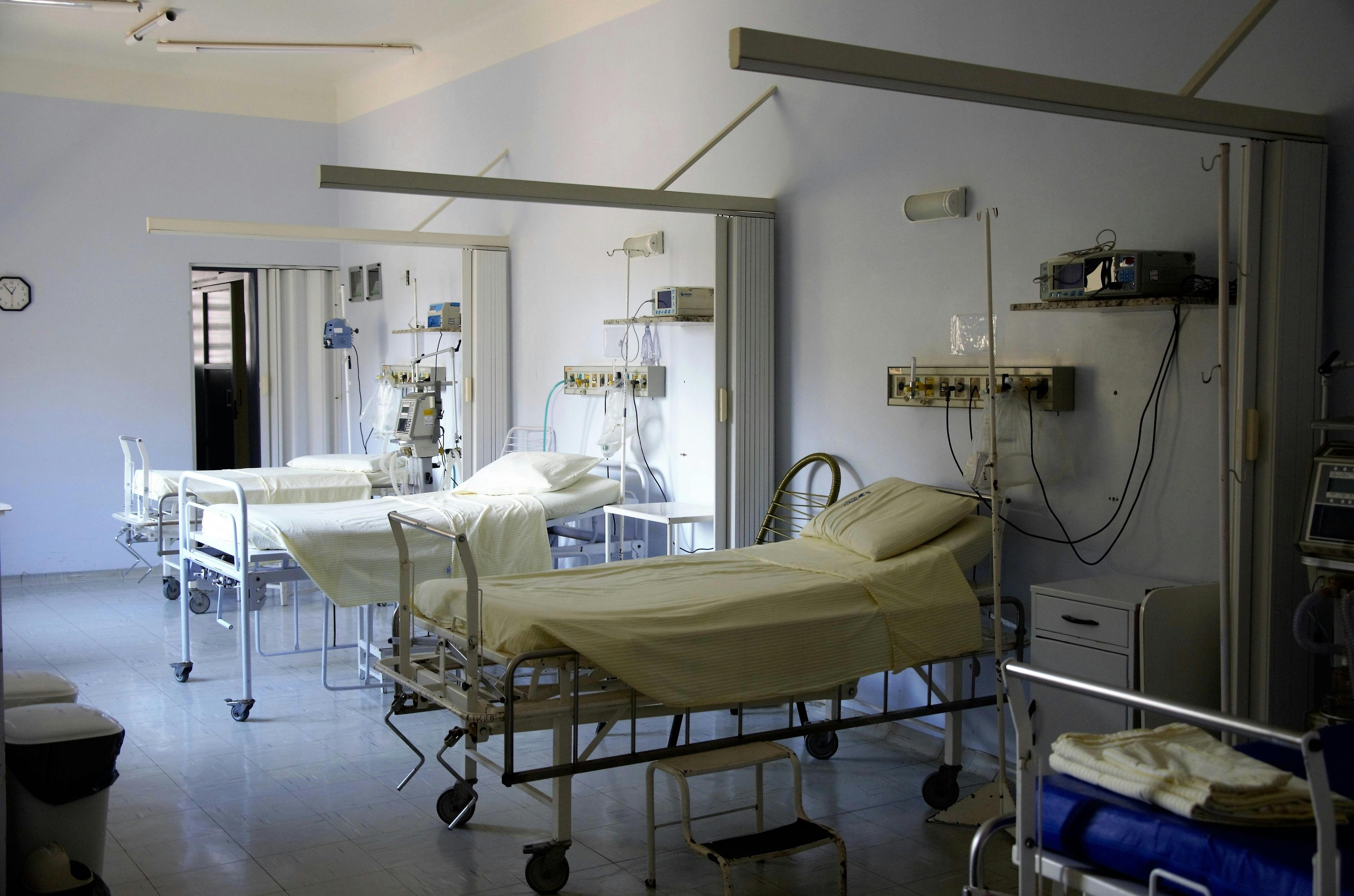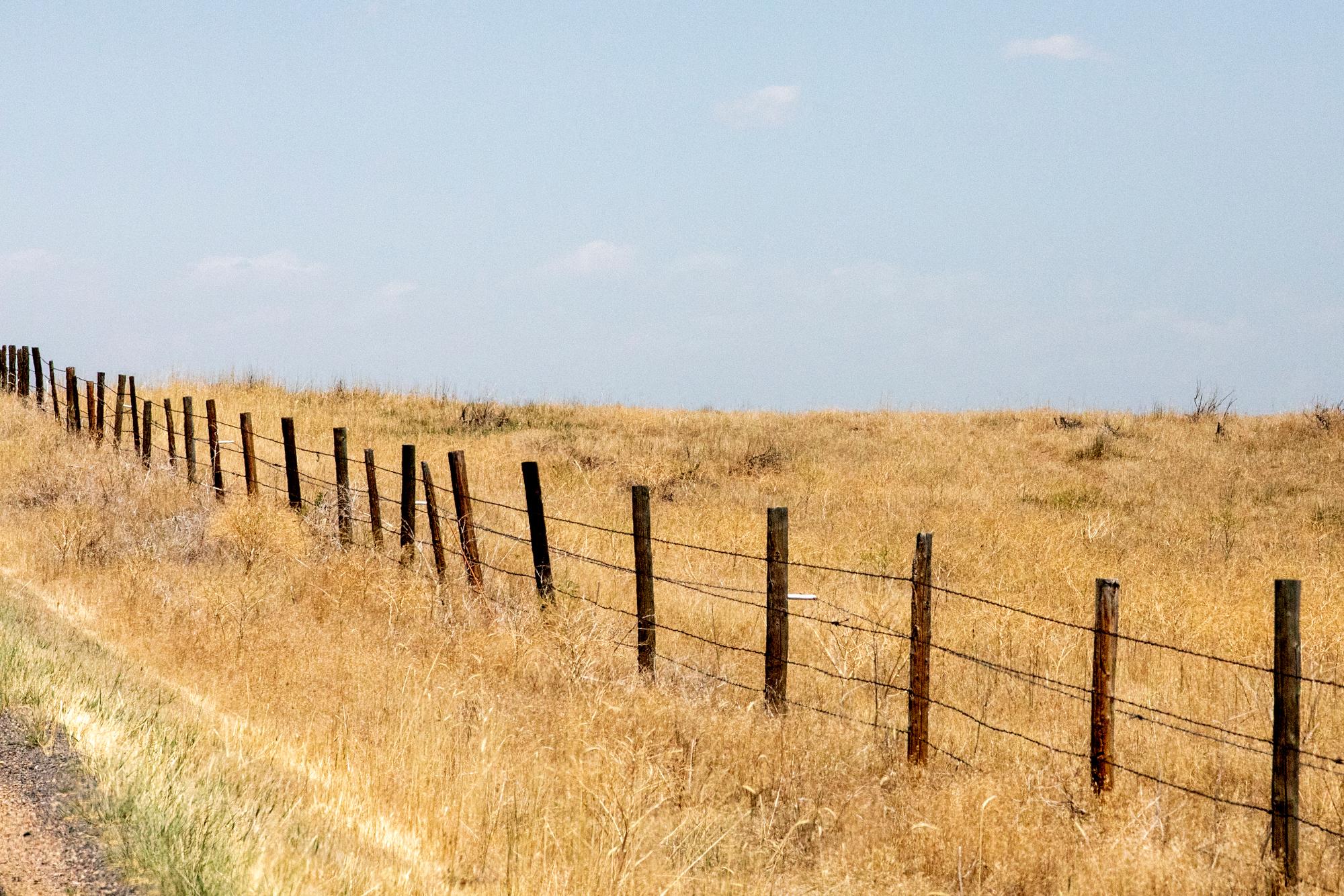
Updated Aug. 23, 2024 at 2:14 p.m.
The finances of hospitals, which have faced headwinds for years, is growing more precarious, putting hundreds of rural facilities, including some in Colorado, at risk of closure.
That’s according to a new report from the Center for Healthcare Quality and Payment Reform, a national health care payment and delivery systems policy center, based in Pittsburgh.
It identifies six in the state as in immediate risk of closure, meaning their losses exceed their available assets, without specifically naming them.
“Those are the ones that have been losing money on patient services,” said Harold Miller, president and CEO of the nonprofit center in an interview. “They've been losing money overall, meaning they don't have any other sorts of money adequate to be able to offset their losses on patient services.”
“When we start using the word closure, we need to be pretty careful, right?” said Tom Rennell, senior vice president of financial policy and data analytics with the Colorado Hospital Association, which represents more than 100 hospitals and health systems. “Hospitals are going to do everything they can to maintain being open and maintain services in their community.”
Miller said for the facilities most at risk assets can’t currently make up for the shortfall, according to the data.
“Their net assets are not large enough to be able to sustain comparable losses for more than two or three years," he said. "So the idea in general is to try to identify hospitals that are having problems and are at risk of closing.”
The group crunches federal fiscal year data quarterly on a hospital’s average three-years margins. The data comes from CMS, the agency that provides health coverage to more than 160 million people through Medicare, Medicaid, the Children’s Health Insurance Program and the Health Insurance Marketplace.
The Center for Healthcare Quality and Payment Reform listed seven Colorado hospitals where losses are outrunning assets, but the state’s hospital association disputes that any of the state’s facilities are in imminent danger of closing.
That list includes: Delta County Memorial Hospital, Estes Park Medical Center, Pioneers Medical Center in Meeker, Spanish Peaks Regional Health Center in Walsenburg, St. Vincent General Hospital District in Leadville, Vail Health Hospital and Weisbrod Memorial County Hospital in Eads.
CPR reached out to those hospitals for comment; not all of them responded.
“While Delta Health has certainly struggled the past few years, as have all hospitals coming out of COVID, we like many of our rural counterparts experience significant reimbursement gaps, and lower drug reimbursement levels,” said a spokesperson in a statement. “While these two items certainly negatively impact our profit margins, we are turning the situation around and have a positive cash flow trajectory with ample days cash on hand to operate. We are in absolutely NO RISK of closing or merging with another healthcare system.”
“With the Change Healthcare breach we were among the third of systems throughout the U.S. that found our revenues significantly reduced. We were able to weather that cash flow slowdown and not need financial assistance that was offered and accepted by many systems” said Jonathan Cohee, Delta Health’s CEO, in the emailed statement.
The hospital continues to expand, is deploying innovative solutions and value based care like a rehab at home program, a new occupational therapy clinic and a recently acquired orthopedics practice, according to the spokesman.
“Vail Health is not at risk for closure,” said Sally Welsh, its public relations director, in an emailed statement. “Vail Health’s financial position is strong, as evidenced by an A- (A minus) S&P bond rating with a stable outlook. Also, Vail Health has a very strong balance sheet and cash position.”
Still she noted a report like this can provide general insights into rural health care trends.
Those include increases in the cost of providing care, mostly due to inflation and labor challenges. “Reimbursement rates that have not increased at a proportional rate. Often what we are paid does not cover what it costs to provide the health care service,” she said.
Spanish Peaks Regional Health Center, in an emailed statement said, while it is not immune to health care's financial challenges, it is “unwavering in its commitment to its mission.
"All critical access hospitals may face struggles occasionally, but we are not in immediate danger of closing,” said CEO Kay Whitley. “Our service lines have expanded to meet the needs of our community, as we are operating with a positive margin. We are dedicated to our mission; this commitment is at the core of everything we do.”
She also said the report’s data doesn’t tell the whole story.
“The data is based on static information from a point in time and without context or other information that may inform its rankings,” she said. “It also doesn't consider the myriad of actions a hospital takes when dealing with unsustainable finances to stay open and continue providing services for the communities it serves”.
Colorado is fortunate to have not had a hospital closure in recent history, she said, crediting “solid hospital leadership, community support, and partnership from critical stakeholders, including the state legislature and state health agencies.”
Last year, 85 percent of the state’s rural hospitals were operating at an unsustainable margin, up from 68 percent the prior year, according to the hospital association.
“That doesn't mean they're going to immediately close,” Rennell said, “but they're at an unsustainable margin, which means at some point in the future, they're going to have to do something to change their business conditions or they can't sustain as they are today.”
“I think definitely that is a concern with obviously declining inpatient (censuses) and increases in costs and goods, including salaries and benefits and supplies and things of that nature,” said Michelle Mills, CEO of the Colorado Rural Health Center. “It definitely is harder for rural hospitals. We also aren't getting reimbursement increases either.”
Rennell said the financial situation may force some hospitals to curtail certain services, take steps to better manage expenses, renegotiate contracts, or go to their community and ask for special tax assessments to get support.
“We've seen that happening here in Colorado,” he said. “But I think before we use the word ‘closure,’ we need to be really careful because hospitals are going to do everything they can to stay open for their communities.”
The reimbursement issue extends beyond just federal public health insurance payers like Medicaid and Medicare, according to Miller, who said private insurers aren’t paying rural facilities enough to pay for the cost of health services provided.
“Particularly private insurance plans have not been increasing the amounts that they pay,” he said. “They may not have been paying adequately to begin with, and they haven't been increasing the payments to be able to cover that.”
That includes the private plan Medicare Advantage, which he said isn’t required to reimburse at the same rates as Medicare, which can result in further losses for hospitals. “(The hospitals) need to be paid adequately,” he said.
Miller also pushed for facilities to be paid for what’s called “standby capacity,” for the hospital to be open and provide things like emergency care.
“They need to be paid more per patient to cover those costs,” he said. “If a private insurance plan isn't paying for that cost or the Medicaid program isn't paying for that cost, then the hospital is losing money.”
A first quarter 2024 industry update from the Colorado Hospital Association documented the dire financial straits hospitals face. Those include a drop in total income of almost $4.3 billion since before the pandemic in 2019, expenses outpacing revenues, operating margins significantly below pre-pandemic levels, rising operating, charity care and unreimbursed Medicaid costs, and government payer rate changes falling short of inflation.
Editor's note: This story was updated to include a response from Delta Health.









